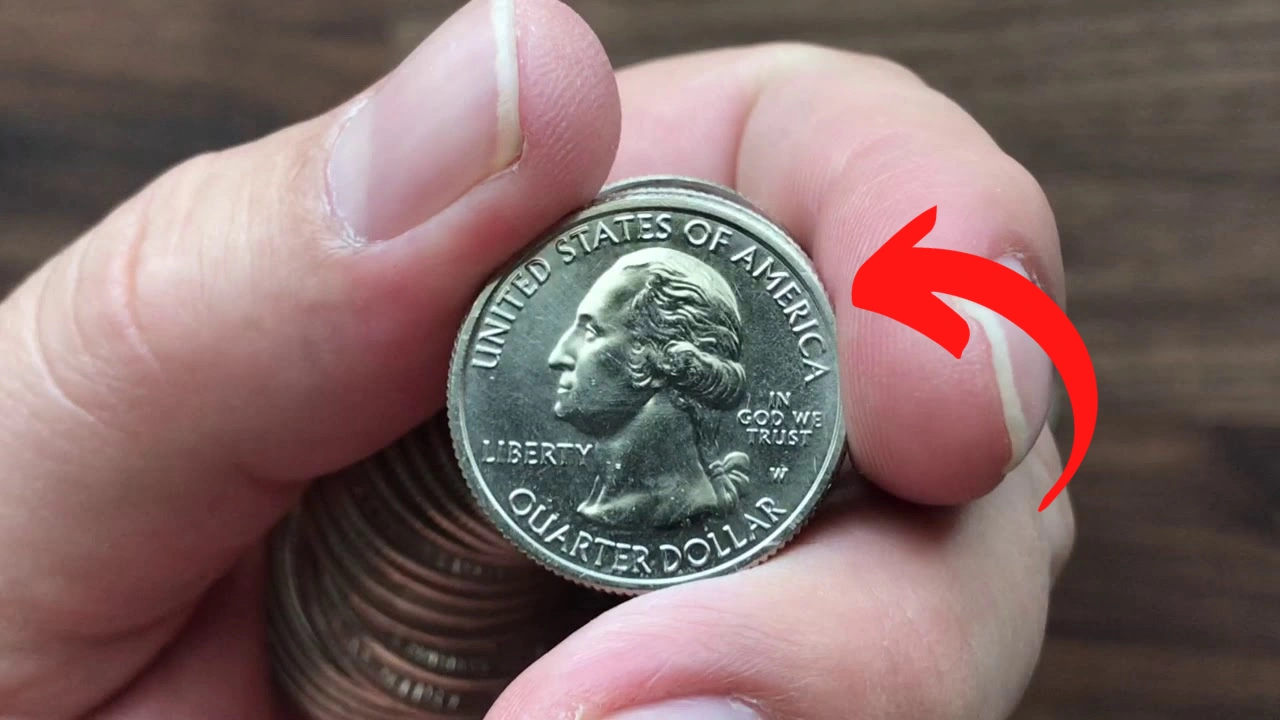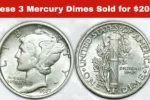Rare Penny: At first glance, it looks like any other old penny small, copper-colored, and easy to overlook. But one incredibly rare version of the 1944 Lincoln Wheat Penny has shocked collectors by selling for over $100,000. What makes it so special? A tiny minting mistake that transformed this ordinary coin into a six-figure treasure.
Could a coin like this be sitting unnoticed in your change jar? Here’s what you need to know.
The $100,000 Penny: Why It’s So Valuable
The coin turning heads is the 1944-S Lincoln Wheat Penny, struck at the San Francisco Mint. Most pennies from that year were made of copper, just like those we see every day. But a few were mistakenly minted using leftover steel blanks from 1943 a year when the U.S. switched to steel planchets due to wartime copper shortages.
This mix-up resulted in a small number of 1944 steel pennies, and even fewer with the “S” mint mark. Only a handful of these rare 1944-S steel cents have been discovered, making them one of the most sought-after error coins in U.S. numismatic history.
How to Spot a 1944-S Steel Penny
Think you might have one of these valuable coins? Here are the key features to look for:
- Date: 1944
- Mint Mark: Look for a small “S” below the date (indicates San Francisco Mint)
- Color: Should appear silver-gray, not coppery
- Magnetic Test: Steel coins will stick to a magnet copper ones won’t
Pro Tip: If your 1944-S penny is silver in color and magnetic, do not clean it. Cleaning can lower its value. Instead, have it authenticated by a professional coin grading service like PCGS or NGC.
Real Auction Results: These Pennies Are the Real Deal
This isn’t just collector hype. These coins have brought in serious money at auction:
| Year Sold | Price | Condition (Grade) |
|---|---|---|
| 2008 | $112,000 | MS66 (Mint State) |
| 2013 | $60,375 | AU55 (About Uncirculated) |
| 2021 | $108,000 | MS64 |
Even coins in slightly worn condition have sold for tens of thousands of dollars. That’s a life-changing return for a penny that may have been sitting in a coin jar for decades.
Why Are These Coins So Rare?
During World War II, the U.S. Mint temporarily stopped using copper for pennies, switching to steel in 1943 to save copper for the war effort. In 1944, they resumed copper coin production but a few steel blanks accidentally remained in the minting machinery.
These leftover blanks were used at all three U.S. mints: Philadelphia (no mint mark), Denver (“D”), and San Francisco (“S”). The San Francisco version is especially rare and among the most valuable.
Final Thoughts: Check Your Change
It’s easy to dismiss old coins as pocket change, but in rare cases like the 1944-S steel penny, that change could be worth more than a luxury car. If you come across a 1944 penny that looks silver and sticks to a magnet, you might be holding a $100,000 coin.
So before you toss that old penny in the coin jar, give it a closer look. That tiny “S” and a bit of magnet magic could turn your spare change into a life-changing windfall.
FAQs
1. How can I tell if my 1944 penny is valuable?
Check for a silver-gray color, an “S” mint mark, and see if it sticks to a magnet.
2. What makes the 1944-S steel penny so rare?
It was accidentally struck on a steel blank left over from 1943 instead of copper.
3. Where was the 1944-S steel penny minted?
At the San Francisco Mint, indicated by the small “S” below the date.
4. How much is a 1944-S steel penny worth?
Depending on its condition, it can sell for anywhere from tens of thousands to over $100,000.
5. What should I do if I think I found one?
Avoid cleaning it and get it professionally authenticated by PCGS or NGC.













